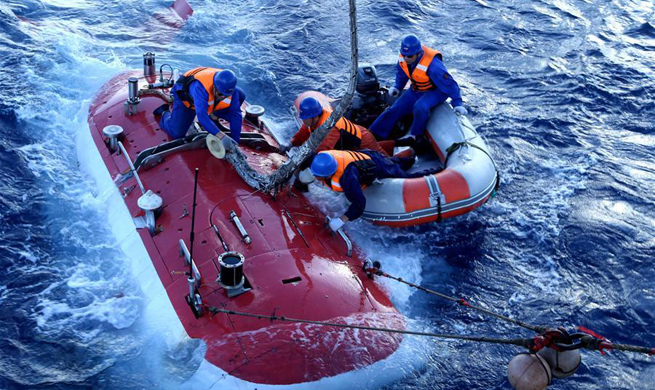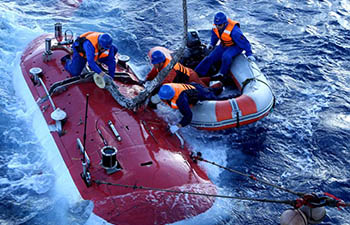LONDON, June 12 (Xinhua) -- Hotspots of established alien plant and animal species were found mainly in island and coastal mainland regions, according to a study released Monday by the Durham University.
The study is carried out by an international team, led by Dr Wayne Dawson from the Durham University, who analyzed existing data looking at eight groups including amphibians, ants, birds, freshwater fish, mammals, reptiles, spiders and vascular plants across 186 island and 423 mainland regions.
The top three hotspots with the highest numbers of established alien species were the Hawaiian Islands, New Zealand's North Island and the Lesser Sunda Islands (Indonesia), according to the study.
High numbers of alien species in every one of the eight groups studied could be found in the Hawaiian Islands. These include guppies among fish (now globally widespread) and feral pigs among mammals.
Florida in the U.S. is the top hotspot among coastal mainland regions, with the Burmese python a well-known example of an invasive species among reptiles, while the state is also home to a large number of less well-known non-native ant species, according to the study.
The reason that islands and mainland coastal regions contain higher numbers of established alien plants and animals may be these areas have major points of entry like ports, said Dr Wayne Dawson.
"The challenge for us is to understand what the consequences are of mixing up the world's species in this way, to decide how to deal with this change, and what measures we can put in place to try and prevent further introductions to the most vulnerable regions,"Dawson also said.
The study has been published in the journal Nature Ecology and Evolution.

















